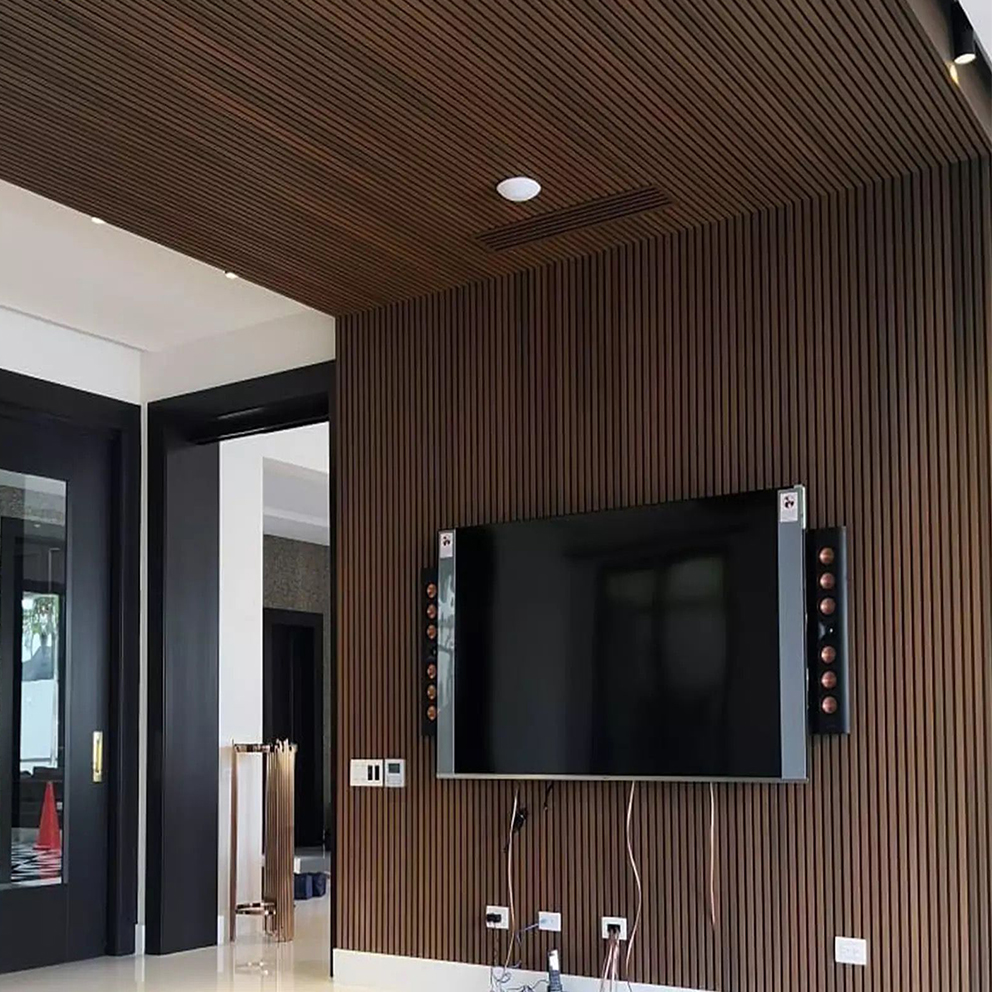Beautify Your Space With Decorative Wall Panels: Style, Function, and Elegance

Beautify Your Space With Decorative Wall Panels: Style, Function, and Elegance
Why Wall Panels Are the Future of Interior Design
Walls are more than just barriers; they define the personality of a space. If you want to elevate your home’s aesthetics while adding practical benefits, decorative wall panels are the perfect solution. They blend beauty and function, offering everything from soundproofing to thermal insulation. Let’s explore how these stylish panels can transform your living space.
The Aesthetic Revolution: Elevate Your Interior with Decorative Wall Panels
Plain walls can make a room feel uninspired and dull. decorative wall panels add texture, depth, and personality, allowing you to create a unique and inviting atmosphere. If you’re looking for a cost-effective way to upgrade your interiors, consider installing
.
Popular Styles of Wall Panels
- 3D Textured Panels – Add dramatic shadows and depth for a modern aesthetic.
- Wooden Wall Panels – Bring warmth and a natural feel to any space.
- Marble & Stone Effects – Offer a luxurious look without the heavy price tag.
- Geometric Patterns – Create a bold statement with contemporary designs.
- Rustic Shiplap – Perfect for farmhouse or coastal-themed interiors.
Why Homeowners Love Wall Panels
- Instant Room Makeover – Transform any space without major renovations.
- Customizable Designs – Choose from various materials, colors, and finishes.
- Timeless Appeal – Classic and modern styles that never go out of fashion.
Beyond Beauty: The Functional Benefits of Decorative Wall Panels
Soundproofing & Acoustic Benefits
Are noisy neighbors or echoing rooms a problem? Wall panels with acoustic properties absorb sound waves, reducing noise pollution and creating a peaceful home environment. These panels are excellent for:
- Home offices
- Entertainment rooms
- Apartments with thin walls
- Commercial spaces needing noise control
Insulation & Energy Efficiency
Did you know wall panels can also improve your home’s insulation? Wood and fabric-based panels provide an extra layer of thermal protection, keeping rooms warmer in winter and cooler in summer. This can help lower energy bills while enhancing comfort.
Durability & Low Maintenance
Unlike traditional painted walls, wall panels are resistant to scratches, moisture, and daily wear and tear. Investing in high-quality
can increase the resale value of your property. They are ideal for:
- High-traffic areas like hallways and entryways
- Kitchens and bathrooms (moisture-resistant options available)
- Homes with children or pets
Quick & Easy Maintenance
Most decorative wall panels require minimal upkeep:
- Wood panels: Dust occasionally and clean with a damp cloth.
- PVC panels: Wipe clean with soap and water.
- Fabric panels: Use a vacuum or fabric cleaner for maintenance.
Installation Options: DIY or Professional Help?
DIY Installation
Want to save money? Many decorative wall panels come with easy-to-install options:
- Peel-and-stick panels for quick application.
- Interlocking systems that snap together.
- Pre-finished panels that require no painting or sanding.
Professional Installation
For more intricate designs or large-scale projects, hiring an expert ensures precise placement and a flawless finish. Professional installation is recommended for:
- 3D or geometric paneling
- Ceiling-to-floor wall paneling
- Custom-made designs
Choosing the Right Wall Panels for Your Home
Key Factors to Consider
When selecting decorative wall panels, keep the following in mind:
- Material – Wood, PVC, MDF, fabric, or stone veneer?
- Purpose – Are you focusing on aesthetics, soundproofing, or insulation?
- Budget – Affordable options like MDF or premium picks like real wood?
- Room Type – Some materials work better in humid areas than others.
Frequently Asked Questions (FAQs)
1. Are wall panels suitable for all rooms?
Yes! There are waterproof options for bathrooms and kitchens, soundproof panels for offices, and classic wood for living spaces.
2. How do I clean wall panels?
Most panels can be wiped clean with a damp cloth. PVC and laminate panels are especially easy to maintain.
3. Do wall panels improve home value?
Absolutely! Well-installed wall panels add sophistication and elegance, making your home more appealing to buyers.
4. Can I install wall panels over existing wallpaper?
Yes, but ensure the surface is smooth and clean. Some panels may require a primer for better adhesion.
5. Where can I buy high-quality wall panels?
Many home improvement stores and online retailers offer a wide selection. Look for brands known for durability and style.
Final Thoughts: Transform Your Space with Wall Panels
If you want to upgrade your home without the hassle of a full renovation, wall panels are the way to go. They combine beauty, durability, and function, making them a worthwhile investment. Whether you prefer a modern 3D effect, a classic wood finish, or a luxurious marble touch, there’s a perfect panel style for your home.
f you’re unsure which style suits your home, explore different
options for inspiration. Embrace the future of interior design with wall panels—a simple yet impactful way to elevate your space!






